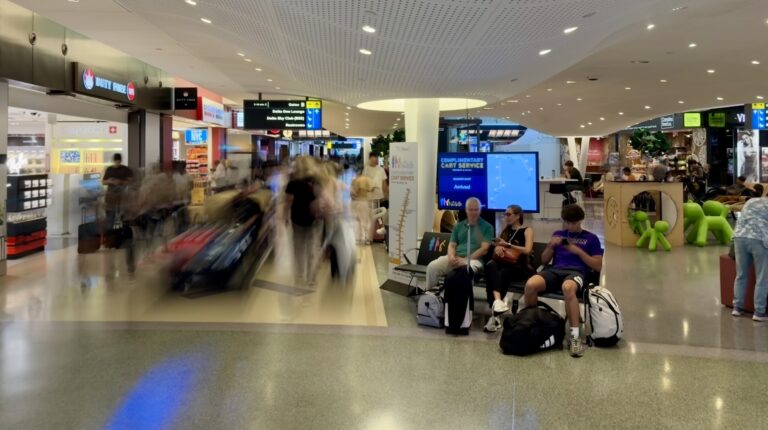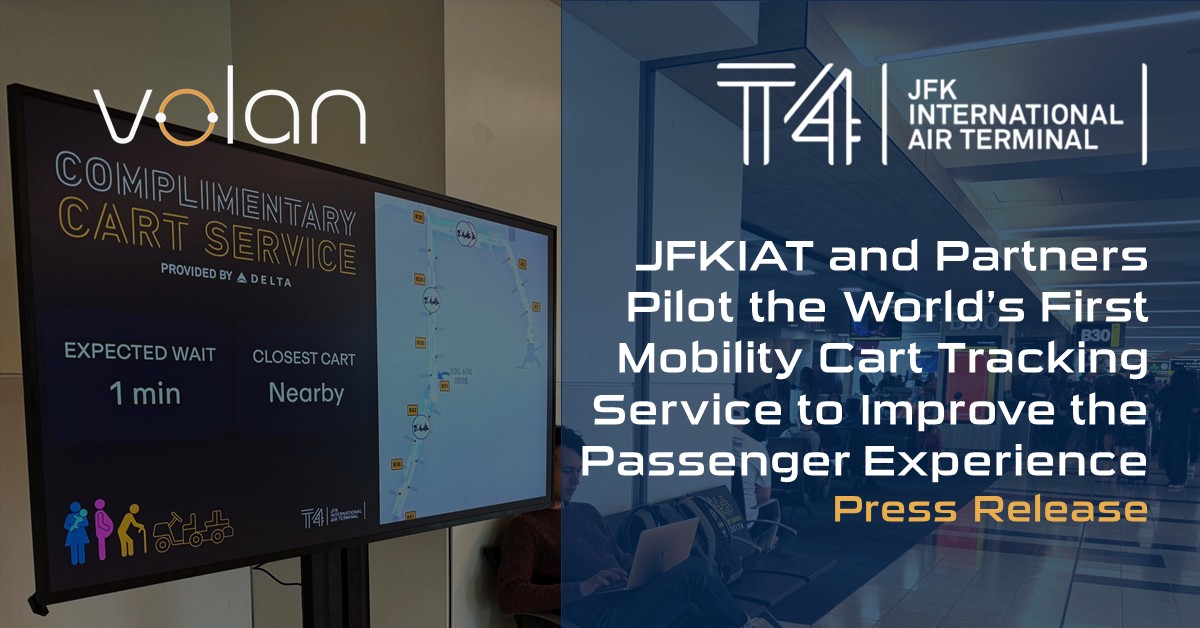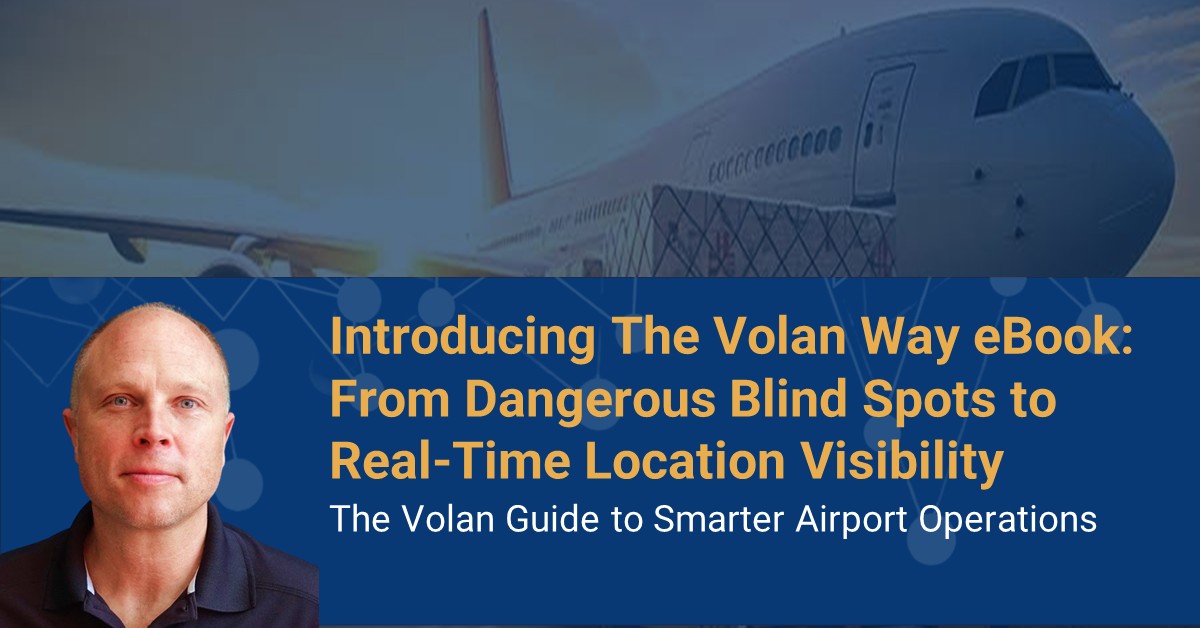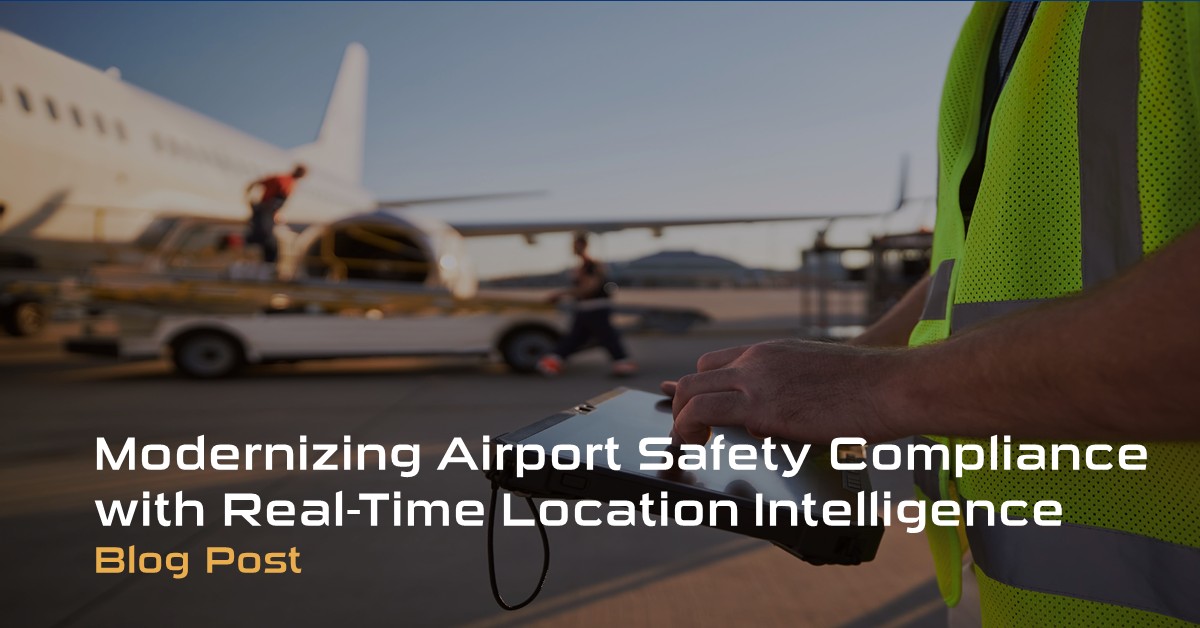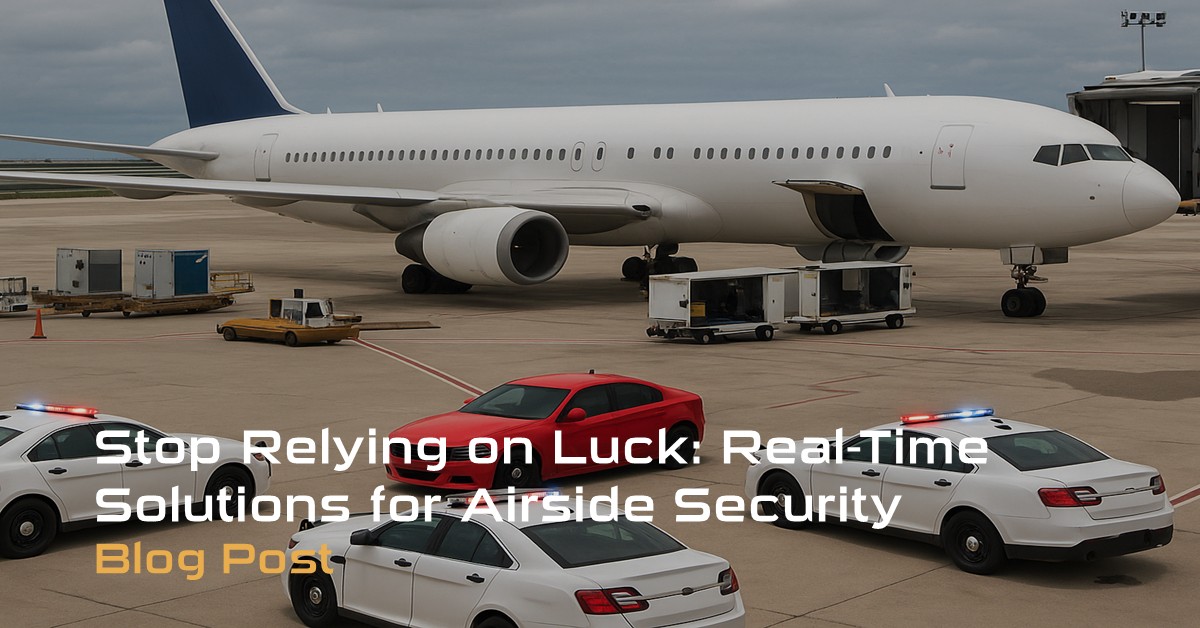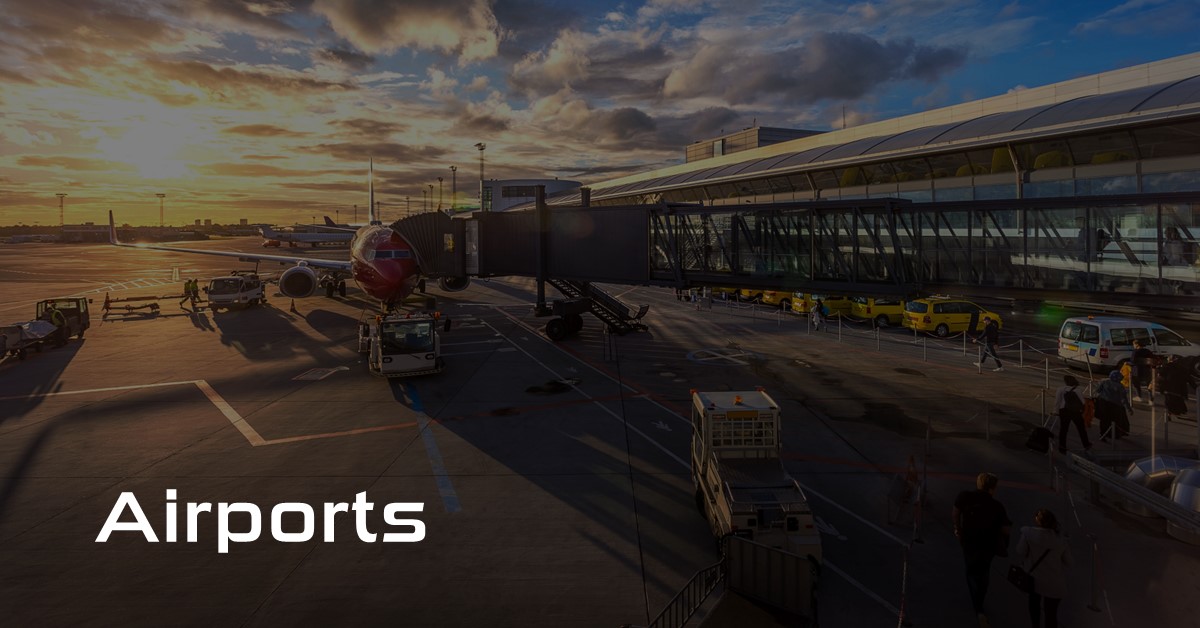Trust AND Verify: Using Technology to Track Airport Construction Labor
Envision a future where airport CFOs have a digital tool that completely eliminates uncertainty in contractor work hours, providing precise tracking on construction sites. Using advanced micro-location systems like the Volan Positioning System, airports can ensure accurate labor reporting and significantly reduce the risk of overpayments.
Imagine if airport Chief Financial Officers had a digital window providing complete transparency into whether every hour worked by contractors on an airport’s construction projects was being accurately reported and paid. No more hoping self-reported time cards and invoices precisely align with reality. Instead, CFOs would possess irrefutable location data validating actual labor utilization – precisely tracking where every worker was on site and how long they spent at each location, almost down to the second.
With potentially hundreds of contractors involved in months-long construction projects and contractors billing by the hour, any inaccuracies in self-reported time cards can quickly amount to millions of dollars in over-payment. The typical approach of simply accepting those hours as invoiced carries an inherent financial risk that many innovative airports want to address.
This is where deploying affordable micro-location technology, like the Volan Positioning System, can provide welcome transparency. One major U.S. airport and several international construction companies already use micro-location systems to track its workforce for safety and labor utilization purposes. By implementing micro-location technology, airports gain the ability to capture verifiable data on when contractors enter automatically, exit, and precisely where they’re working.
The process is simple – crews receive a compact locator device for each shift to clip onto their belts or lanyards. Using the latest location technology, those locators then seamlessly track their real-time movements throughout the day within designated areas.
Implementing locating technology extends existing security practices by providing an additional layer of oversight within designated work zones during active site hours – no personal or off-hours tracking. For contractors, it’s a modest extension allowing enhanced fraud prevention, safety assurance, and operational optimization that benefits all parties.
Our location technology creates an unprecedented digital record for the airport, aligning with construction invoices. It gives airport CFOs irrefutable proof of who was working, where, for how long, and on which project. It allows them to validate that every labor dollar spent precisely correlates to the actual work performed — before they issue payment.
This location intelligence data represents a new asset for airport leaders to drive operational improvements. With quantifiable historical data on contractor time, movements and productivity, airport CFOs can identify inefficiencies in their processes and staffing models that were never visible before. They can integrate this data with scheduling and procurement to better anticipate labor demands and make smarter resource allocation decisions.
As airports modernize their infrastructure and operations, giving CFOs better insight into where every contractor working hour is spent will only become more critical. Micro-location technology will help CFOs trust and verify contractor labor self-reporting accuracy.
Airport Solutions
Our construction barrier technology provides geofenced barriers for airport construction sites to keep workers out of restricted areas and reduces the costs for worker escorts. Airport construction projects are never-ending, have many workers, and regulations require full-time monitoring of worker location. Volan’s technology can provide alerts within 2-3 seconds if a worker moves into a restricted space, along with the precise location of the worker and a live map view. Visit our Solutions for Airports page.



